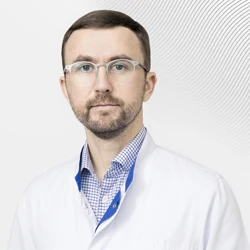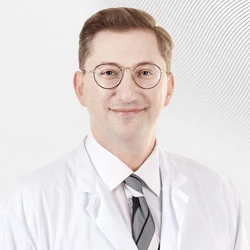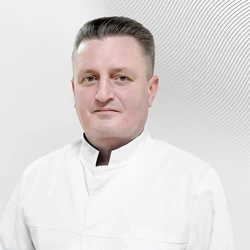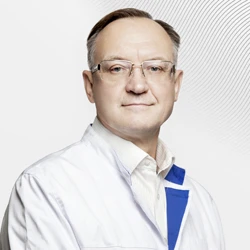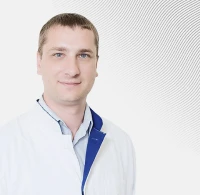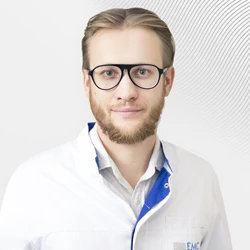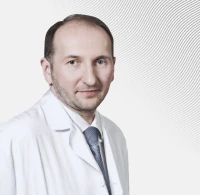"Polio is coming back," began the analytical reports of experts from the World Health Organization (WHO) in 2014. In May 2014, WHO expressed serious concern about polio outbreaks in Africa and the Middle East. Although the incidence has decreased by 99% since 1988, the WHO warns that you should not lose your vigilance. Thanks to the efforts of doctors from all over the world, a program was launched in 2013 to completely eliminate this infectious disease. Positive results are planned to be achieved in 2018.
Polio is an infectious disease caused by poliovirus. Most often, the disease proceeds without characteristic symptoms, but in some cases, conditions may develop that lead to death. A small number of patients may experience symptoms such as headache, lower leg pain, fever, nausea and vomiting, and a feeling of increased fatigue. In addition, more serious symptoms may occur: pain in the neck, back and muscles, weakness and paralysis of certain muscle groups, problems with swallowing and speech may occur. People who have suffered from this disease may develop the so-called post-polio syndrome, characterized by muscle weakness, pain, and a feeling of severe fatigue. The causes of this syndrome may be the persistence of the virus in the patient's nerve fibers, the occurrence of an autoimmune response, and the aging of muscle fibers affected by the initial attack. A similar syndrome can occur even 10-20 years after the initial disease.
Unfortunately, a clinical blood test alone is not able to give an unambiguous answer about the presence or absence of polio. Only a combination of clinical and laboratory data, the results of electrophysiological and histological studies of muscles can provide reliable information on this issue. Therefore, great attention is currently being paid to the prevention of polio. In most cases, infection occurs by the fecal-oral route. This can happen when food is contaminated with water, where sewage has entered, or, in rare cases, through saliva.
In 2011, Europe was declared a polio-free zone. Pakistan, Nigeria and Afghanistan remain endemic. However, in 2013, there were a series of outbreaks in Cameroon, Syria, the Middle East, Somalia, Ethiopia, Kenya, and Equatorial Africa. The polio virus is found in soil samples in Israel (in the West Bank and the Gaza Strip).WHO recommends vaccinating children from 2 months of age and carrying out 3 revaccinations before the age of six. It is also recommended to vaccinate adults traveling to endemic areas. In Russia, isolated outbreaks of polio are recorded in the North Caucasus. However, against the background of the spread of the myth about the dangers of vaccination, the number of parents who refuse to hold this event for their children is steadily increasing. Children in our country are vaccinated against polio according to the national vaccination calendar. The first two vaccinations are carried out with an inactivated vaccine, and the third with a live vaccine. Revaccinations are also carried out with live vaccines. Live vaccines are safe for the vaccinated, but they can pose a certain risk to others, such as unvaccinated children and pregnant women. Therefore, the EMC uses the European vaccination protocol and the recommendations of the American Academy of Pediatrics, which imply the use of only inactivated vaccines, the advantages of which are obvious.:
- they are safer - the risk of damage to the nervous system of those vaccinated and others with a live vaccine virus is minimized.
- more effective - unlike live vaccines, a more stable immune system is formed,
- more convenient - due to their greater effectiveness, immunity is formed with fewer vaccinations.
- the injection method of administration eliminates regurgitation of the drug by the child.
Vaccination of persons over the age of 18 is not recommended. However, certain categories of citizens, for example, traveling to endemic areas, may be recommended a single re-vaccination 4 weeks before the intended trip.
There are no specific medicines for the treatment of polio. Treatment of polio is reduced to reducing pain and physiotherapy, and in severe cases, when paralysis of the respiratory muscles occurs, artificial ventilation is performed. Given the scale of population migration and the persistence of polio outbreaks in the world, the World Health Organization strongly recommends the immunoprophylaxis of this disease. After all, it is easier to prevent the disease than to deal with its complications later.





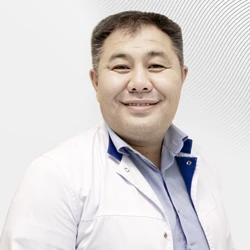
.webp)
